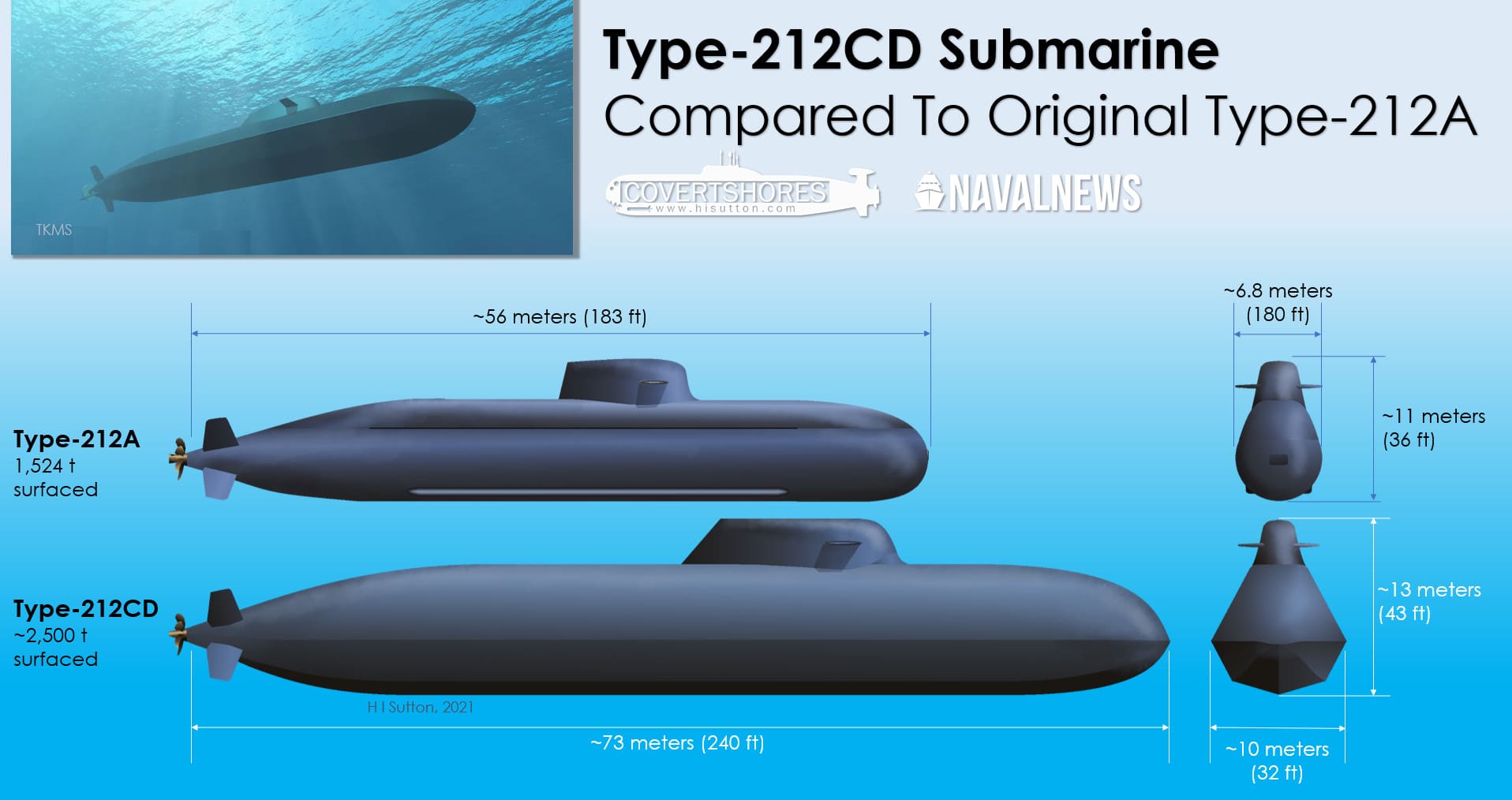Great find, i wonder how our numbers compare on fuel and personal?
However, that number doesn’t include some key elements. One is fuel. A full tank of diesel will cost several hundred thousand dollars. Another cost that isn’t included is even bigger, namely the uniformed personnel operating and maintaining the submarines. While each submarine has a crew of around 55, a much larger number than six lots of 55 is needed to have a robust, sustainable workforce. The navy has done well in increasing the number of its submariners over recent years and Defence informed the Senate earlier this year that that total had reached 881, although there were still some shortfalls. ASPI analysis (page 70) concluded that the average cost of each permanent ADF member was $160,000 a year five years ago, but submariners receive special allowances and retention bonuses so we could be looking at $250,000. Overall, the cost of the uniformed submarine workforce is probably more than $225 million.






